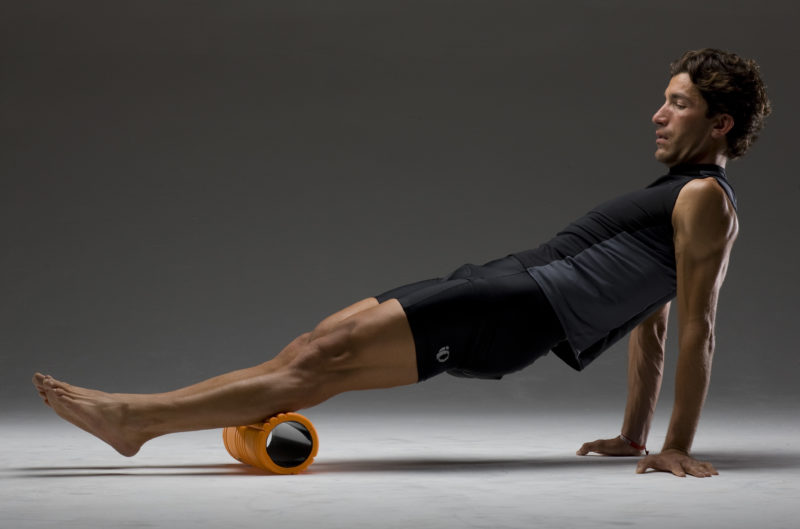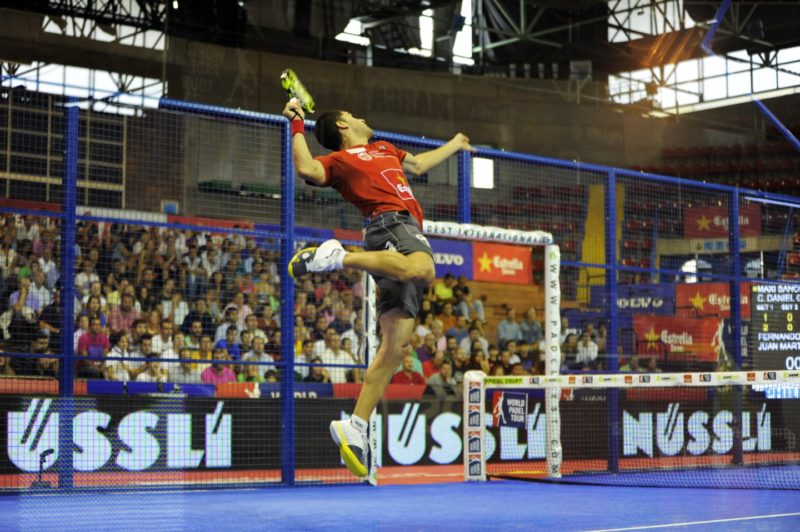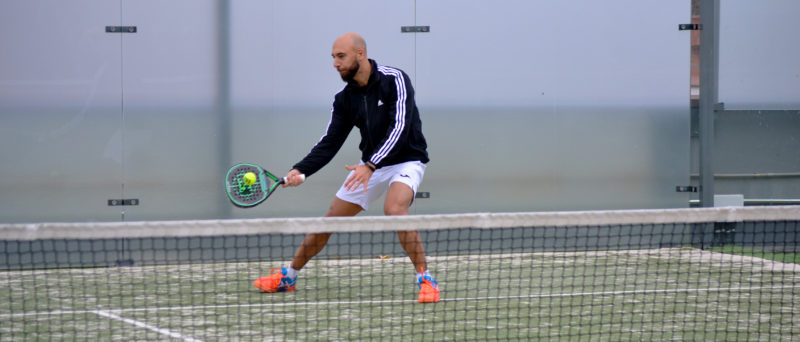
One of the important additions to my workout and fitness routines this year was the incorporation of a foam roller. I like to foam roll first thing in the morning after drinking my espresso and doing a 10-15 minute meditation.
Here’s a quick taster of what foam rolling can do:
- Release trigger points and tight muscles, tendons and ligaments
- Increase blood flow through your skin, fascia and muscles, thereby improving tissue quality and cellular function
- Engage core muscles and build strength
- Increase range of motion in your spine
- Improve posture by strengthening your core
When foam rolling you are aiming for a myofascial release. The myofascial system is made up of all the muscles and fascia in your body. A fascia is a band or sheet of connective tissue, primarily collagen, beneath the skin that attaches, stabilizes, encloses, and separates muscles and other internal organs.
For those of you who are visual learners, you can imagine your skin is like the rind of an orange. So, if your skin is the outer layer of the orange peel, the thicker, white, fibrous layer that lies almost immediately beneath the peel would be your fascia. Just as that thicker layer completely surrounds the inside of the orange, the same holds true to your fascia. We all have a layer of fascia directly beneath the skin that completely envelopes the body, giving another protective barrier between the skin and the deeper soft tissue.
For various reasons, including inactivity, repetitive motion and injuries, the fascia and underlying muscle tissue can bind together causing painful ‘knots’ or ‘trigger points’. Muscle binding will restrict movement, reduce flexibility and cause muscles to fire improperly during exercise.
Rolling out stretches muscles and tendons and releases the fascia. This increases blood flow and circulation to the soft tissues, allowing muscles to fire at peak efficiency during exercise.
When rolling or working on tight/sore muscles you will experience discomfort or pain. Think of it like the pain you get while stretching. It should be uncomfortable, but not unbearable, and when you are done it should feel better.







